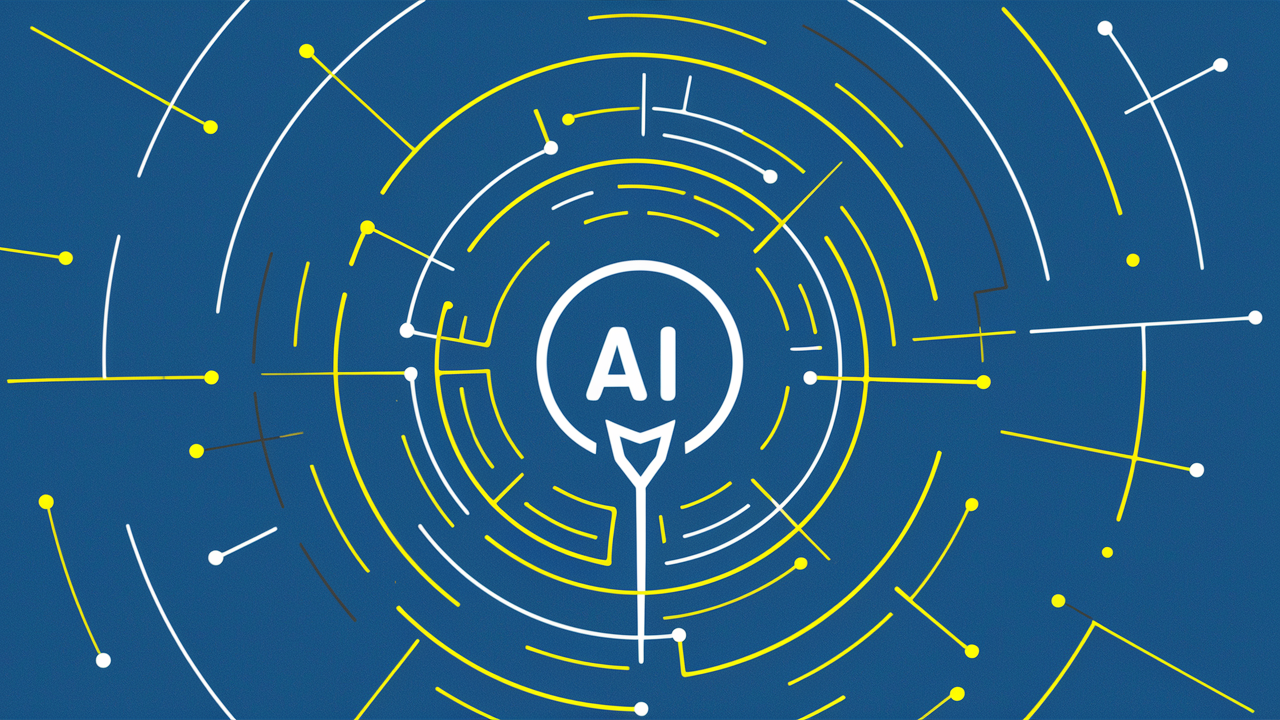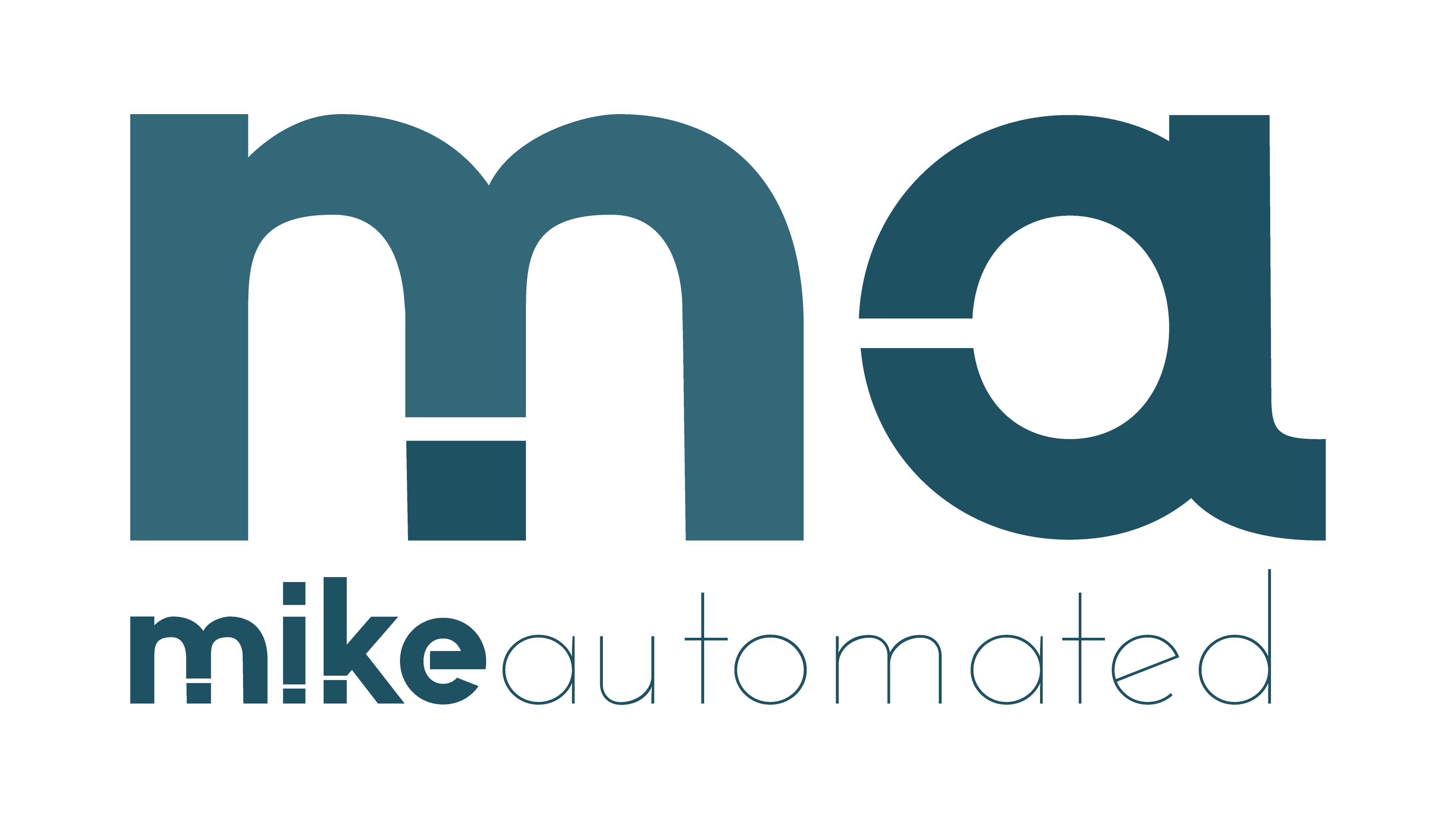TL;DR
- AI accelerates every funnel stage by automating repetitive tasks and guiding data-driven decisions.
- Start small with lead scoring and email automation, then expand to personalization and analytics.
- Measure impact with attribution models and clear KPIs to prove ROI.
- Visualize with AI through a funnel diagram showing touchpoints and data flow.
In this guide, we explore how AI streamlines your marketing funnel and translate technology into practical steps you can implement today.
What is How AI Streamlines Your Marketing Funnel and Why It Matters
How AI Streamlines Your Marketing Funnel describes a practical approach where artificial intelligence enhances each stage of the customer journey. AI isn’t a single tool; it is a system of automation, analytics, and decisioning that works across channels. It helps marketers move faster, reduce guesswork, and personalize experiences at scale. By leveraging AI, teams can shift from manual, one-off campaigns to continuous, data-driven programs that improve outcomes over time.
At its core, AI-powered marketing automation combines three capabilities: automation to execute actions without manual input, personalization to tailor content to individual needs, and prediction to anticipate customer behavior. These capabilities translate into more relevant offers, quicker responses, and better cross-channel coherence. For teams, this means fewer silos and more unified messaging across touchpoints.
Apply How AI Streamlines Your Marketing Funnel Across the Funnel Stages
To realize the benefits of How AI Streamlines Your Marketing Funnel, start with a clear plan that maps AI capabilities to funnel stages. Each stage has distinct goals, metrics, and workflows. Use AI to automate repetitive tasks, surface insights, and orchestrate personalized experiences. The result is a faster, more consistent journey from awareness to advocacy.
Attract and Capture: AI for Lead Generation
The attract stage benefits from AI by identifying high-potential audiences and delivering the right message at the right time. AI can optimize paid and organic campaigns, create audience segments, and automate initial outreach. A practical entry point is lead scoring powered by AI, which ranks prospects by likely engagement and purchase intent. This helps you prioritize outreach and reduce wasted effort.
Another AI-enabled approach is predictive analytics in marketing, which surfaces which channels and content types are most likely to convert for a given segment. Use this data to craft high-performing landing pages, headlines, and offers. As you expand, you can test and automate variations to improve click-through and conversion rates across channels.
Tip: Start with a small pilot in lead scoring and automate one top-of-funnel campaign. Measure how AI changes lead quality, speed to first contact, and initial engagement. [Internal link: learn more about lead scoring]
Nurture: AI-Powered Content and Email Campaigns
Nurturing requires consistent, relevant engagement. AI excels at content curation and personalized email campaigns that align with each prospect’s position in the journey. Use machine learning to recommend topics, optimize send times, and tailor messages based on behaviors, preferences, and past interactions. This is where AI-driven customer journey optimization becomes real—delivering the right content at the right moment to move prospects forward.
Automation workflows can trap and nurture leads with dynamic content that adapts to each recipient. For example, if a reader downloads an ebook about onboarding, the system can trigger a follow-up with a case study about implementation and invite a product demo. Integrate your content calendar with AI for automation workflows that scale without sacrificing quality.
Internal link: email automation best practices to extend these strategies.
Convert: AI-Driven Personalization and Offers
During conversion, AI shifts from broad messaging to highly personalized offers. Personalization at scale uses data from website visits, email interactions, and CRM history to tailor landing pages, product recommendations, and pricing notes. This is where AI-powered product recommendations and dynamic content prove their ROI by increasing conversion rates and average order value.
Consider a scenario where a visitor browses a pricing page but remains undecided. AI can surface a customized comparison, highlight a ROI calculator, and present a limited-time trial. These targeted interventions reduce friction and accelerate the decision process. Read more about AI for lead conversion and how to implement it in your funnel.
Internal link: conversion optimization with AI.
Analyze: AI Analytics and Attribution
Analytics are the compass for marketing automation. AI accelerates data collection, cleans data, and reveals causal relationships that humans might miss. Use attribution modeling and data-driven insights to understand which touchpoints contribute to wins and where to allocate budget. This is essential for optimizing the funnel and proving ROI to stakeholders.
Practical approach: set up a lightweight attribution model first, then iterate with advanced analytics as you gather more data. This is where you combine ML-powered analytics with dashboards that executives can act on. The goal is a clear narrative: which channels deliver the best value and where to invest next.
Scale: Operational Automation
Finally, AI helps scale your marketing operations. Automate repetitive tasks such as audience segmentation, report generation, and workflow orchestration. This frees teams to focus on strategy, creative testing, and cross-functional collaboration. Scalable automation also supports personalization at scale, ensuring consistent experiences without increasing headcount.
A practical tip is to build a reusable automation library. Define triggers, actions, and outcomes for common use cases—then reuse them across campaigns and product launches. This keeps your funnel cohesive and efficient as you grow.
Practical Visual and Implementation Guidance
Visual suggestion: Create a funnel diagram that marks AI touchpoints at each stage — at the top for audience discovery, in the nurture path for content personalization, and near conversion for offer optimization. Include data flow arrows showing how signals from website activity, email engagement, and CRM history feed AI models. This visualization helps teams align technology with the customer journey.
Implementation tip: start with a cross-functional plan that assigns ownership for data collection, model maintenance, and campaign execution. Use a kanban-style backlog to prioritize AI-enabled improvements and review progress monthly.
Why Companies See Real Results with How AI Streamlines Your Marketing Funnel
Name a department that benefits more from AI than marketing. By automating routine tasks, AI reduces cycle times and frees humans to focus on strategic work. By personalizing interactions, it lifts engagement, conversion rates, and customer lifetime value. By analyzing performance, it clarifies which tactics move the needle and where to invest next. In short, AI helps you do more with less and move faster with insights that matter.
For teams new to AI, the path is iterative. Start with lead scoring and email automation, then layer in personalization and predictive analytics. As you mature, you’ll build a comprehensive AI-powered customer journey that adapts to each prospect’s needs and behaviors. This approach keeps your messaging consistent and your funnel lean.
Tips for Getting Started Today
- Define a single, measurable objective for your pilot project (for example, improve lead-to-MQL conversion by 15%).
- Choose one area to automate first, such as lead scoring or welcome email sequences.
- Leverage data quality by cleaning contact data and standardizing event tracking before building models.
- Establish governance to ensure data privacy and compliance across channels.
- Measure ROI with attribution and time-to-value metrics to justify expansion.
Conclusion: A Forward Path with How AI Streamlines Your Marketing Funnel
Embracing How AI Streamlines Your Marketing Funnel means adopting a practical, staged approach to automation and analytics. Start with clear goals, small pilots, and fast learning loops. As AI handles routine tasks, your team can focus on strategy, creativity, and experimentation. The result is a more efficient funnel, higher-quality leads, and stronger customer relationships.
If you commit to a structured AI adoption plan, you will see faster time-to-value and a scalable workflow that grows with your business. The journey from awareness to advocacy becomes a data-informed, repeatable process rather than a collection of one-off campaigns. Ready to take the next step? Begin with a pilot in lead scoring, then expand into personalized nurture and analytics-driven optimization.
Visualizing Impact and Connectivity
For teams building an AI-enabled funnel, a visual map is invaluable. Consider a diagram that shows AI at each stage: discovery, engagement, conversion, and loyalty. Include data inputs (web behavior, email interactions, CRM history) and outputs (personalized content, optimized offers, attribution insights). This helps stakeholders see how AI links activities to outcomes and where to invest next.
As you plan, remember the goal: use AI to make smarter decisions faster, not to replace human judgment. The most successful AI marketing programs pair automation with human insight for creativity, empathy, and strategic direction. This balance keeps your brand authentic while improving performance.



